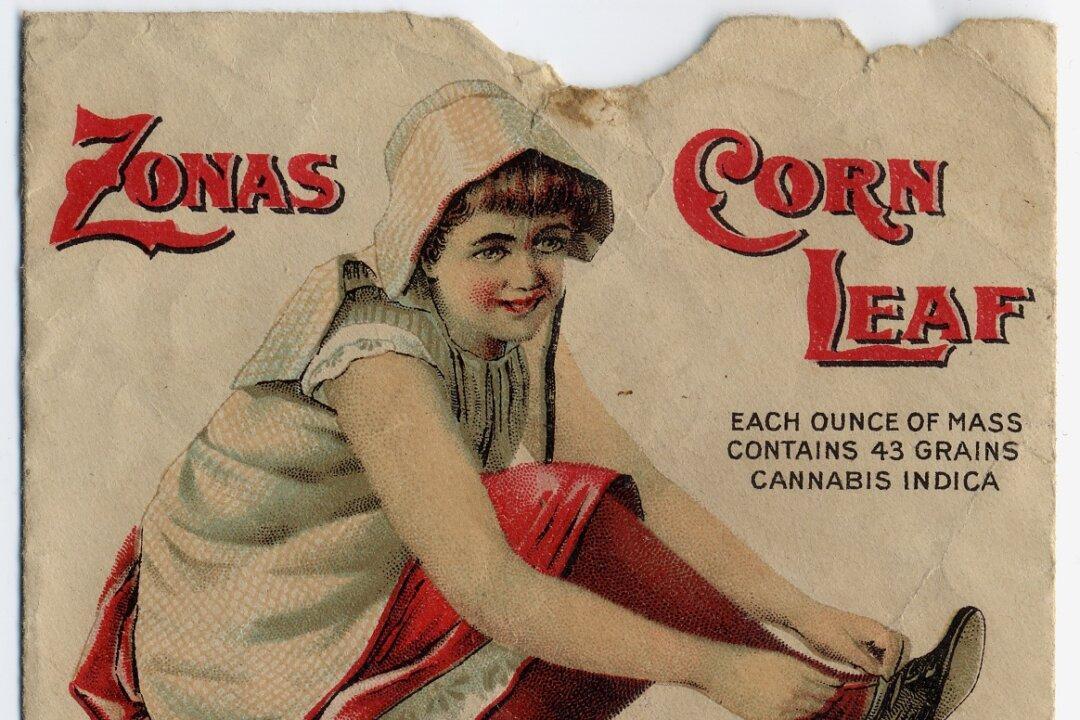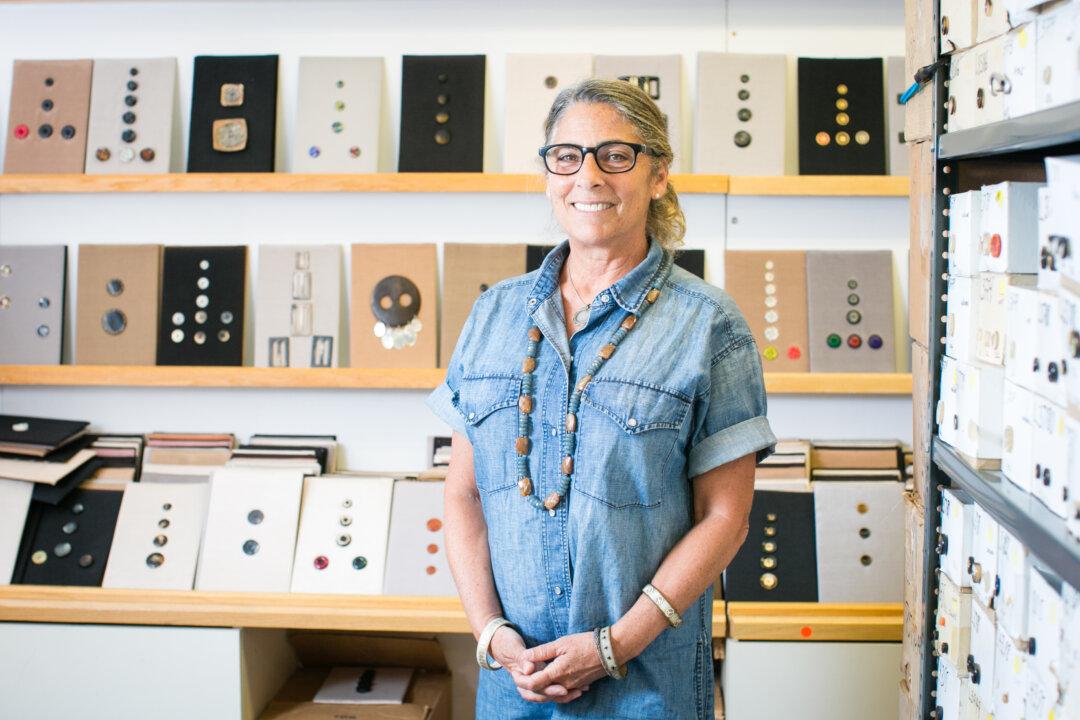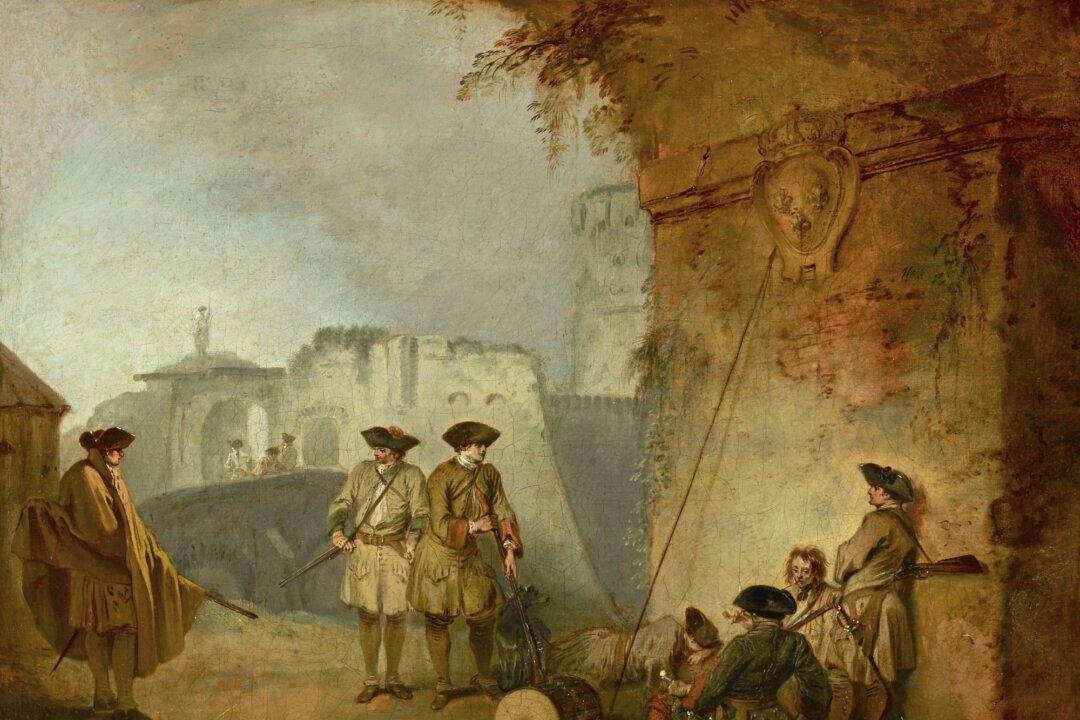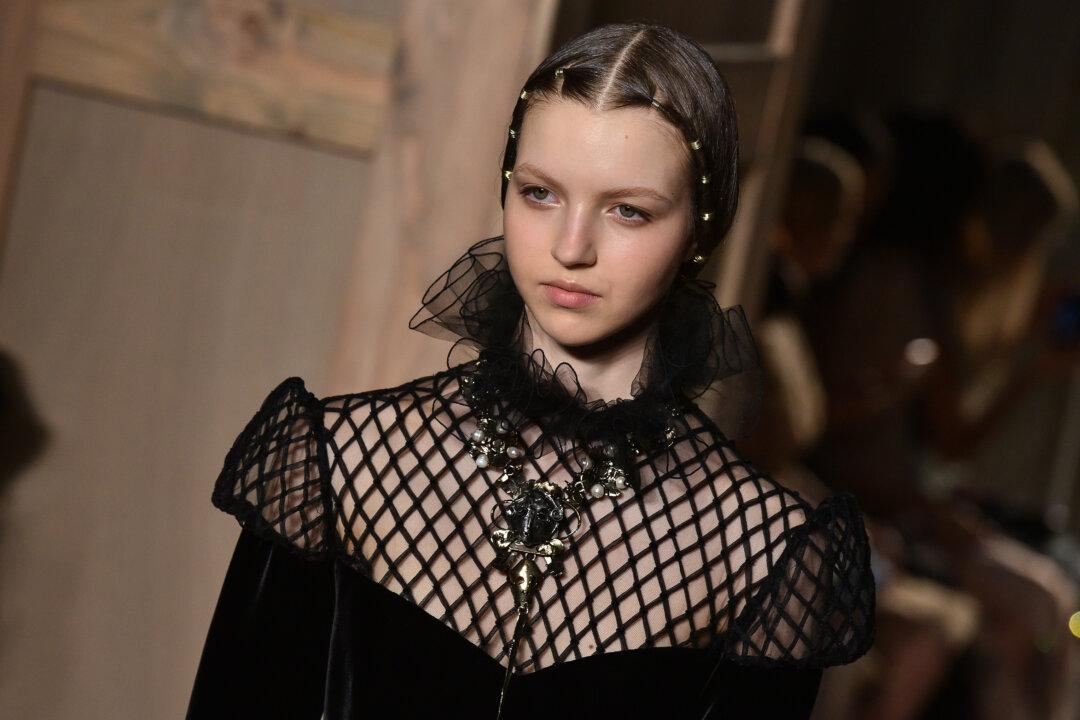NEW YORK—Perhaps it’s the anticipation of spring blossoms that makes one veer toward that which is ornate and colorful in the man-made. Artists have long tried to capture and interpret nature’s abundance but so have dressmakers, and more precisely, embroiderers. If there is one craft that captures the fragile beauty of nature it must be embroidery.
Whether by chance or by design, there are two rather demure exhibitions currently and simultaneously showing at The Metropolitan Museum of Art. They are in opposite wings, one in the European, the other in the Asian wing of the building, but it’s well worth the trek through the many galleries, stairs, and lost tourists because what awaits is a display of wonders in silk. It is also a good chance to make note of the similarities and differences in the two fascinating approaches of this medium.
Sophisticated Design, Unsurpassed Skill
The exhibit Painting With Threads, Chinese Tapestry and Embroidery, 12th–19th Century showcases works drawn from the Met’s collection that defy belief when it comes to the sophistication in design and unsurpassed skill in execution.
One work called “Fan With Landscape” looks like watercolor on silk and it is only by reading the label “Silk embroidery on silk gauze” that one begins to comprehend its quiet magnificence. Like many Chinese artworks it depicts distant mountain peaks and pines, symbols of longevity in Chinese culture, but try as you may, it will be impossible to see the threads that achieve such diaphanous effect.





